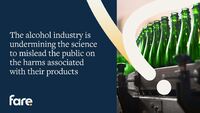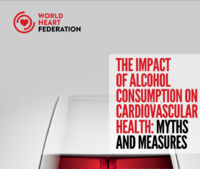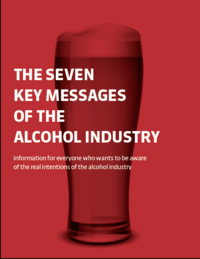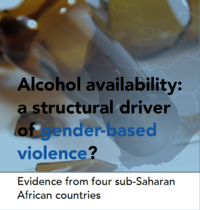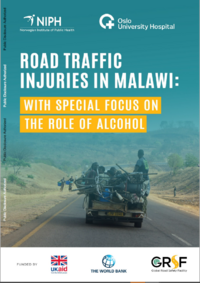And an analysis of whether they have succeeded or not
Report on efforts from alcohol companies to influence WHO alcohol action plan
Alcohol companies and their lobby groups are systematically working to undermine and water down global alcohol policies that would reduce the harms associated with their products, according to new report.
Policy brief from the World Heart Federation
Disproving the myths of alcohol and cardiovascular health
In a new policy brief, the World Heart Federation (WHF) is challenging the widespread notion that drinking moderate amounts of alcohol can decrease the risk of heart disease, and calling for urgent and decisive action to tackle the unprecedented rise in alcohol-related death and disability worldwide.
Revised edition: The seven key messages of the alcohol industry
11 years after the first edition European Centre for Monitoring Alcohol Marketing (EUCAM) has published a revised edition of its analysis of the key mesages of the alcohol industry.
Evidence review from Southern Africa
Alcohol availability - a key issue in gender-based violence
Alcohol consumption is a key structural driver of gender-based violence (GBV) and especially intimate partner violence (IPV). A new report from four countries in sub-Sahara Africa explores how the availability of alcohol – both alcohol outlet density and trading times – are associated with increased alcohol use, and increased risk for GBV perpetration and vicitimisation.
Report from The World Bank Group
The Role of Alcohol in Road Traffic injuries in Malawi
The number of road traffic accidents has decreased in high-income countries the last ten years. The opposite is the trend for low- and middle-income countries. This report shows that there is a very clear connection between alcohol use and road traffic accidents in Malawi.
First report from Drug Policy Futures launched
Monitoring the implementation of the UNGASS agreement
The report launched in April 2021 takes a closer look at what has happened in the form of national follow-up of the UNGASS Outcome Document in 15 selected countries. It also contains the recomenndations from Drug Policy Futures to the UN Member States.
